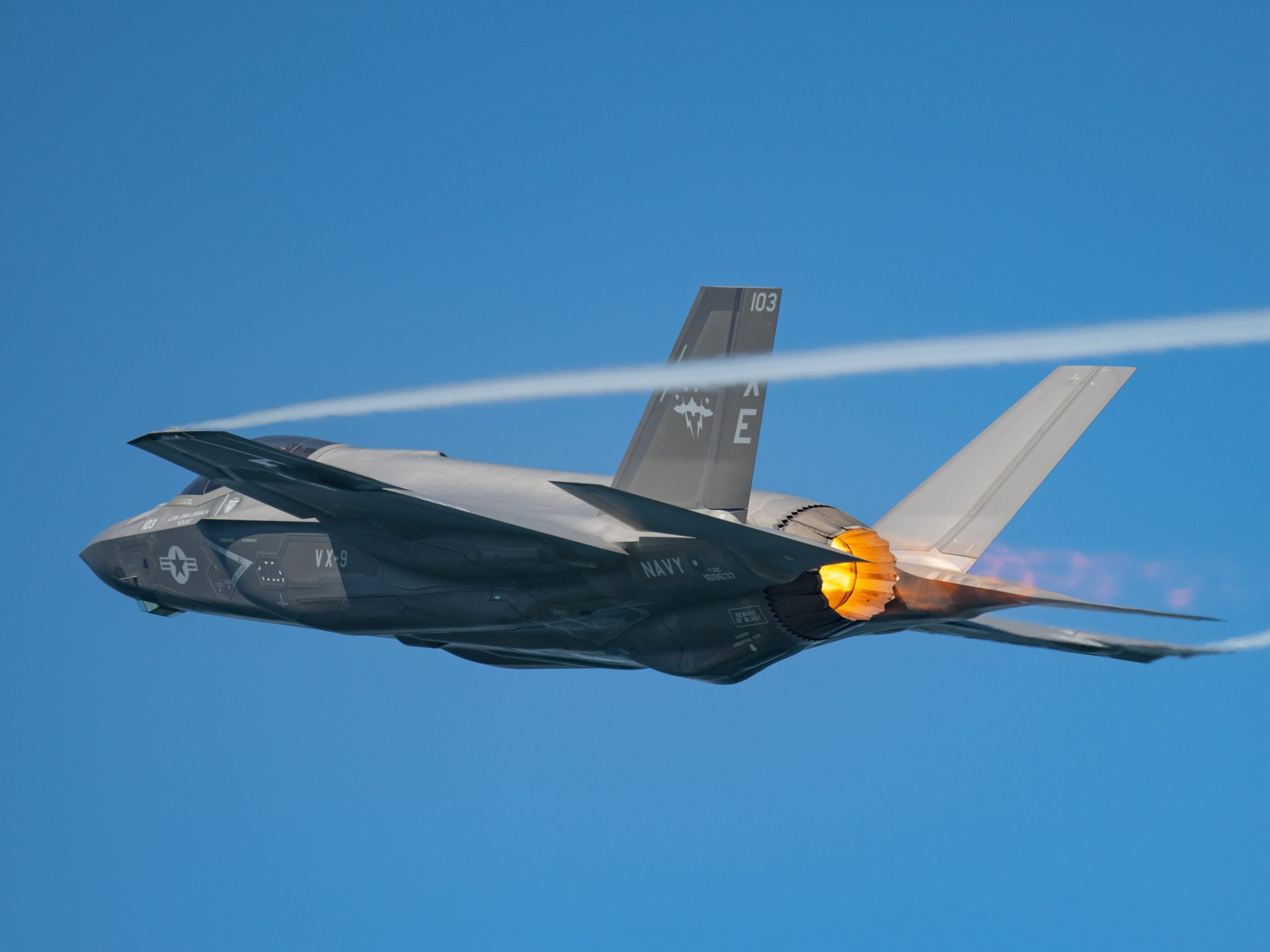A recent and dramatic incident saw an advanced F-35C stealth fighter jet crash in a California field, marking another significant setback for the highly sophisticated aircraft and prompting renewed scrutiny of its operational integrity. The fiery disaster unfolded near Naval Air Station Lemoore, a key hub for U.S. Navy aviation, capturing widespread attention and raising questions about the future of the nation’s most expensive defense program.
Authorities from Naval Air Station Lemoore confirmed that the F-35C “went down” at approximately 6:30 p.m. local time, and crucially, the pilot successfully ejected from the aircraft before impact. Officials swiftly confirmed that the pilot was safe and had been located in a nearby field with a deployed parachute, subsequently transported to a hospital for evaluation, where his condition was reported as stable.
Visual evidence, including video footage shared by the Fresno County Sheriff’s Office, depicted a scene of intense devastation: a fiery wreck engulfed by a thick plume of black smoke, dramatically rising from a tranquil cotton field just north of the military base. This stark imagery underscored the severity of the aircraft crash and the potential hazards associated with such high-performance military aviation.
The exact cause of the crash remains under investigation, with military officials working diligently to ascertain whether the incident stemmed from mechanical failure, pilot error, or other contributing factors. As of now, the Naval Air Station Lemoore has not released further details, and the ongoing inquiry by the military is expected to provide comprehensive insights into the circumstances leading to the F-35’s latest mishap.
The F-35C variant, specifically involved in this California incident, is designed for carrier-based operations, distinguishing it from its counterparts. The Air Force operates the F-35A, configured for conventional takeoff and landing, while the Marine Corps utilizes the F-35B, renowned for its short takeoff and vertical landing capabilities, essential for operations from amphibious assault ships and certain carriers. This versatility underscores the F-35 program’s strategic importance across different branches of the US military.
This week’s accident is the latest in a series of notable incidents for the Lockheed Martin-produced F-35 Lightning II Joint Strike Fighter, which stands as the US military’s second fifth-generation aircraft. Despite a relatively low overall incident rate given hundreds of thousands of flight hours and over 1,100 deliveries globally, each aircraft crash draws significant attention, highlighting the complexities and immense investment in this pivotal defense program.
Throughout its development and deployment, the F-35 has faced persistent criticism concerning technological integration challenges, escalating costs, and performance issues, some of which critics argue persist to this day. Prominent figures, including some politicians and public commentators, have voiced concerns over the F-35’s cost-effectiveness and perceived vulnerabilities, calling for greater accountability and more efficient resource allocation within the defense sector.
Nevertheless, proponents consistently emphasize the F-35’s unparalleled high-end capabilities, asserting that it offers advanced airpower unmatched by any other nation’s fifth-generation aircraft. Despite budgetary adjustments influenced by ongoing concerns regarding upgrades like TR-3 and Block IV, the US military remains committed to the F-35 as a foundational component of its aerial defense strategy, even as work on a next-generation air dominance platform progresses.






Leave a Reply